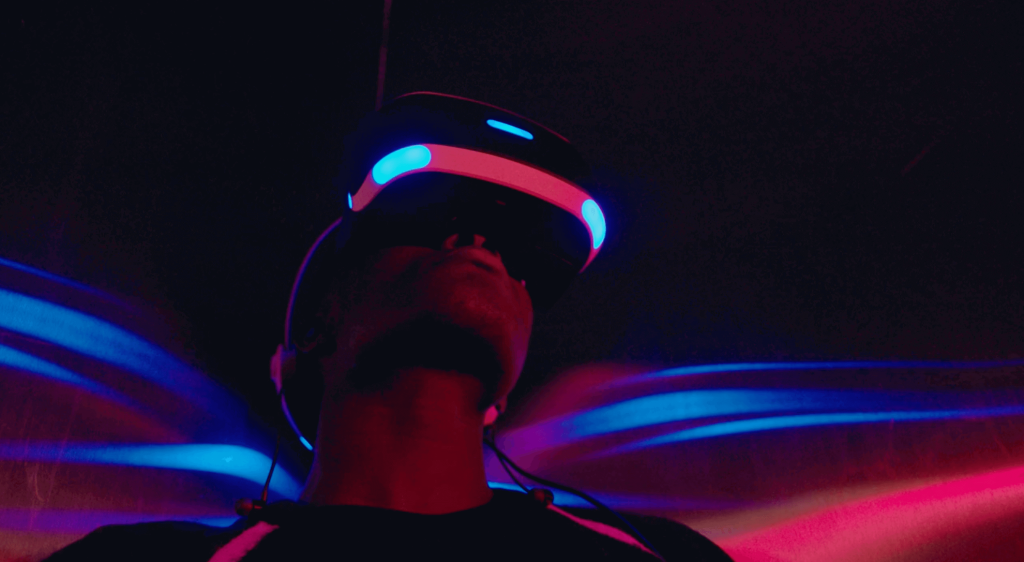In the ever-evolving world of technology, artificial intelligence (AI) continues to push boundaries and redefine possibilities. Recent advancements highlight the integration of AI in various fields, including healthcare, robotics, and user-interface design, demonstrating its potential to solve real-world problems while enhancing human capabilities. This article will delve into some of the most impressive breakthroughs and innovative technologies, particularly focusing on the Agent Interface, Human-Agent Collaboration Framework, and the application of AI for suicide prevention.
.
**Revolutionary AI Large Models**
One of the most prominent developments in AI has been the release of several large language models by prominent tech companies. Recently, OpenAI unveiled ChatGPT-5, the latest iteration of its conversational agent. This model uses advanced deep learning techniques to understand and generate human-like text with remarkable accuracy. What sets ChatGPT-5 apart is its enhanced contextual understanding—allowing it to maintain threads over prolonged conversations and even developing personalities that adapt to user preferences. By utilizing a larger dataset and improved training algorithms, OpenAI has managed to dramatically reduce the model’s biases while improving its coherence.
.
Similarly, Google’s DeepMind has released Gemini, a large model that focuses on multi-modal functionalities enabling it to process text, images, and audio seamlessly. Gemini employs a unique architecture that synergizes these modalities, allowing for richer interaction with users. This capability is particularly useful in applications where visual and auditory data need to be synthesized for proper context, such as education and training environments.
.
**Innovative Technologies and Tools**
The rapid advancements in AI have also been accompanied by the development of groundbreaking technologies designed to enhance the functionality of AI systems. For instance, researchers have introduced **Agent Interface** systems that streamline human and AI interactions. This innovative technology provides an easy-to-navigate interface that allows users to communicate with AI agents through natural language rather than requiring technical expertise. The Agent Interface significantly lowers the barrier to entry for individuals seeking to utilize AI in their workflows, making it more accessible for businesses and personal use alike.
.
Additionally, significant strides have been made in developing a **Human-Agent Collaboration Framework**. This framework focuses on optimizing the collaboration between human users and AI agents, effectively merging their capabilities to achieve superior outcomes. Such a design acknowledges that while AI can process vast amounts of data quickly, human input remains invaluable for contextual understanding and emotional intelligence. By creating a collaborative ecosystem, the framework aims to enhance productivity across several fields including project management, healthcare, and customer service.
.
**AI for Suicide Prevention: A Life-Saving Application**
Among the more socially impactful applications of AI is its role in suicide prevention. The urgent need for effective mental health interventions has led to the development of AI-driven solutions that could save lives. Recent research has shown promise in using AI algorithms to analyze social media posts and online behavior, identifying individuals who may be at risk of self-harm. For instance, scientists at Stanford University have created a system that scans public social media profiles, detecting patterns in language that may indicate suicidal tendencies.
.
This innovative technology harnesses natural language processing (NLP) to analyze the sentiment expressed in individuals’ communications. Paired with neural network models, it can flag concerning posts for intervention. The key to this approach is its predictive capability, allowing mental health professionals to reach out to individuals exhibiting early signs of distress. This early detection could potentially prevent tragedies and facilitate timely intervention, showing an invaluable application of AI in addressing significant societal issues.
.
Several mental health applications have also emerged that use AI-powered chatbots to provide immediate support to individuals in distress. These chatbots are designed to engage users in conversation, offering coping strategies and resources for those struggling with suicidal thoughts. For example, the app Woebot has been developed to use therapeutic techniques combined with AI to provide users with emotional support while also prompting them to seek professional help when needed.
.
**Challenges and Ethical Considerations**
While the advancements in AI are encouraging, they also pose ethical considerations and challenges that must be addressed. As AI systems become more powerful, concerns about privacy, data security, and ethical implications of their deployment arise. For instance, in the area of suicide prevention, employing AI to analyze personal data can lead to potential breaches of confidentiality. Therefore, developers and stakeholders must consider ethical frameworks and regulations to safeguard users’ rights while leveraging the capabilities of AI effectively.
.
Furthermore, biases within AI models remain a core concern. Despite advances in reducing biases, the inherent data used to train these AI systems could perpetuate systemic inequalities. It’s crucial for organizations to conduct thorough audits and consider the implications of biased algorithms, especially in sensitive arenas like mental health and human interaction.
.
**The Future of AI: A Collaborative Ecosystem**
With recent breakthroughs in AI technology, the landscape is shifting towards a more human-centric approach. The integration of advanced AI, including the Agent Interface and Human-Agent Collaboration Framework, underscores the potential for effective synergy between humans and machines. Companies and researchers alike are taking positive steps towards creating innovative tools that are accessible, ethical, and aimed at addressing real-world issues.
.
Looking ahead, AI will likely play an increasingly pivotal role in various industries and facets of daily life. From healthcare applications that tackle mental health challenges to collaborative frameworks that foster better communication between humans and machines, the possibilities remain immense. As we embrace these new innovations, it is crucial to maintain a steadfast commitment to ethics, transparency, and inclusivity for a successful AI-embedded future.
.
**Conclusion**
In conclusion, the latest advancements in AI, such as cutting-edge large models, innovative technologies like Agent Interfaces and Human-Agent Collaboration Frameworks, and pioneering applications for suicide prevention demonstrate the remarkable potential of artificial intelligence. As technology continues to advance at a rapid pace, it will be vital for developers, businesses, and stakeholders to address ethical concerns and strive for a collaborative ecosystem that enhances human capabilities while keeping societal needs at the forefront. By embracing these advancements responsibly, we can cultivate a future where AI serves as a powerful ally in tackling some of humanity’s greatest challenges.
.
**Sources:**
1. OpenAI Blog. (2023). Introducing ChatGPT-5: Revolutionary Improvements in Conversational AI.
2. DeepMind. (2023). Launching Gemini: The Multi-Modal AI Model.
3. Stanford University. (2023). Using AI for Mental Health: Innovations in Suicide Prevention.
4. Woebot Health. (2023). Woebot: Your Mental Health Ally.
























